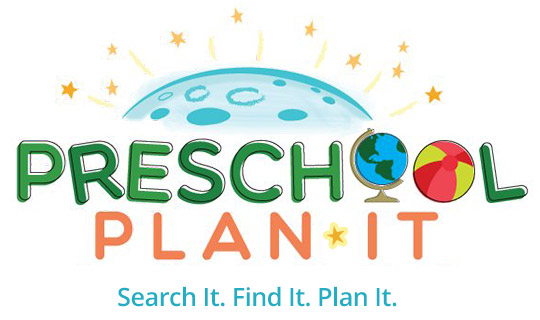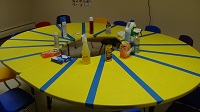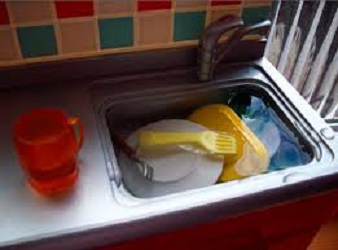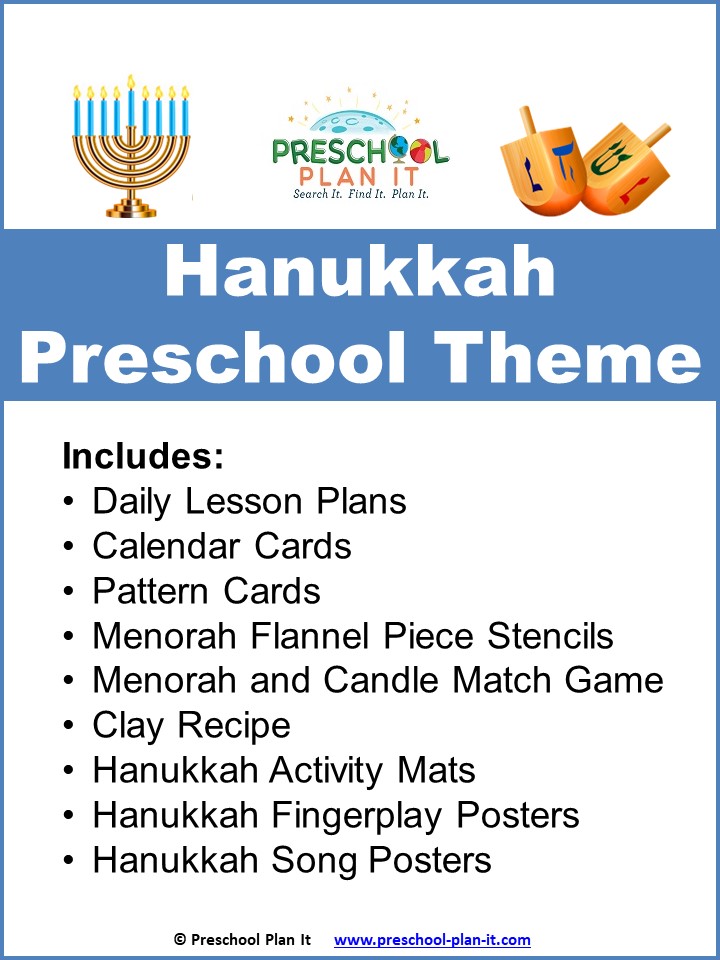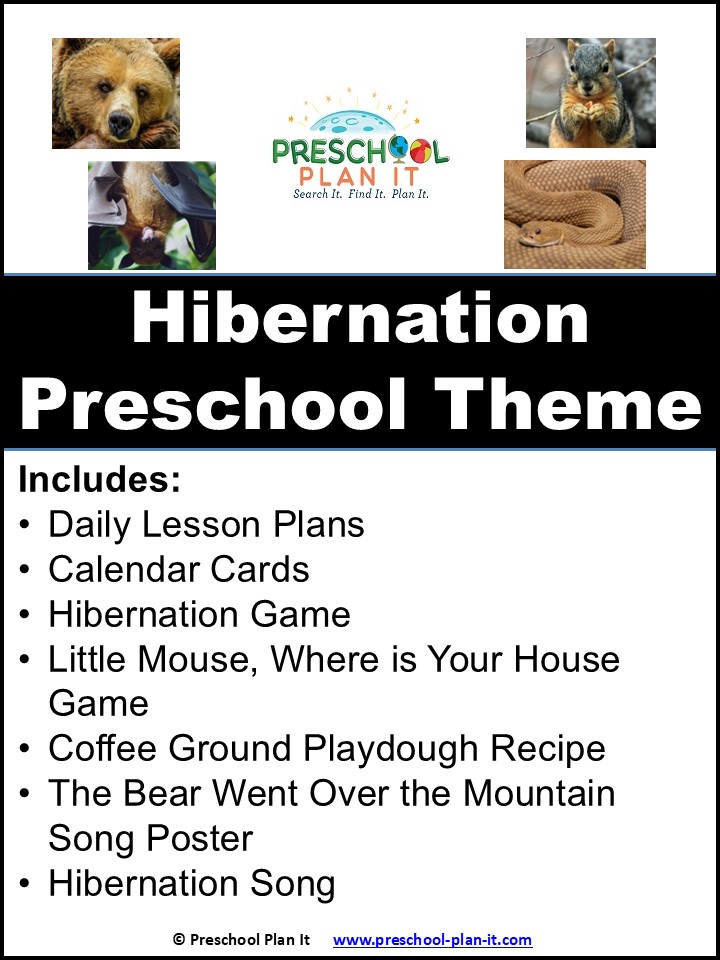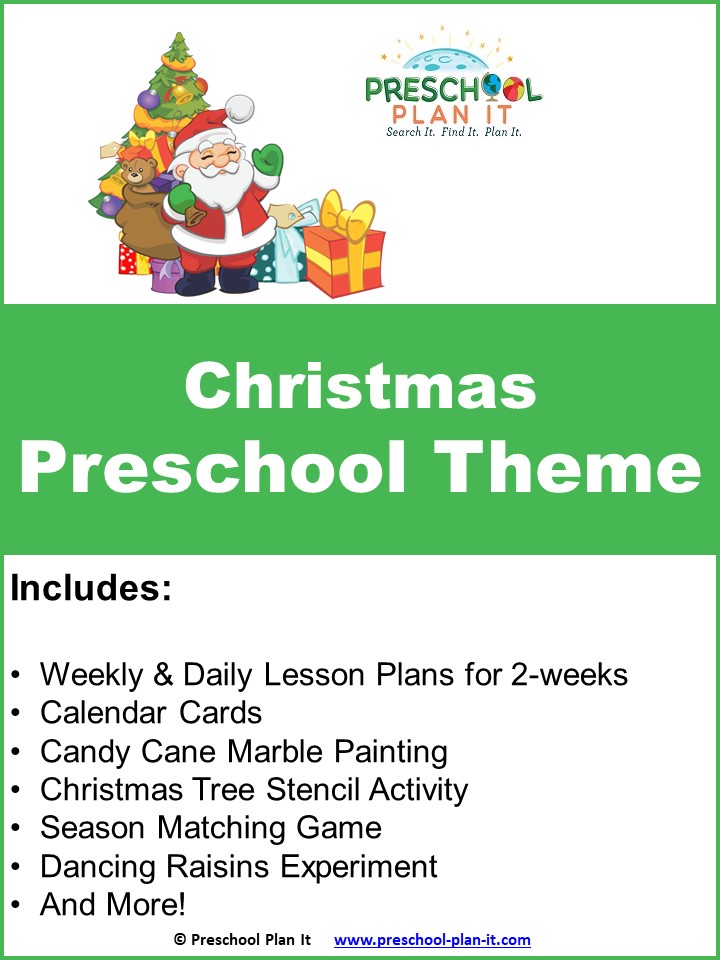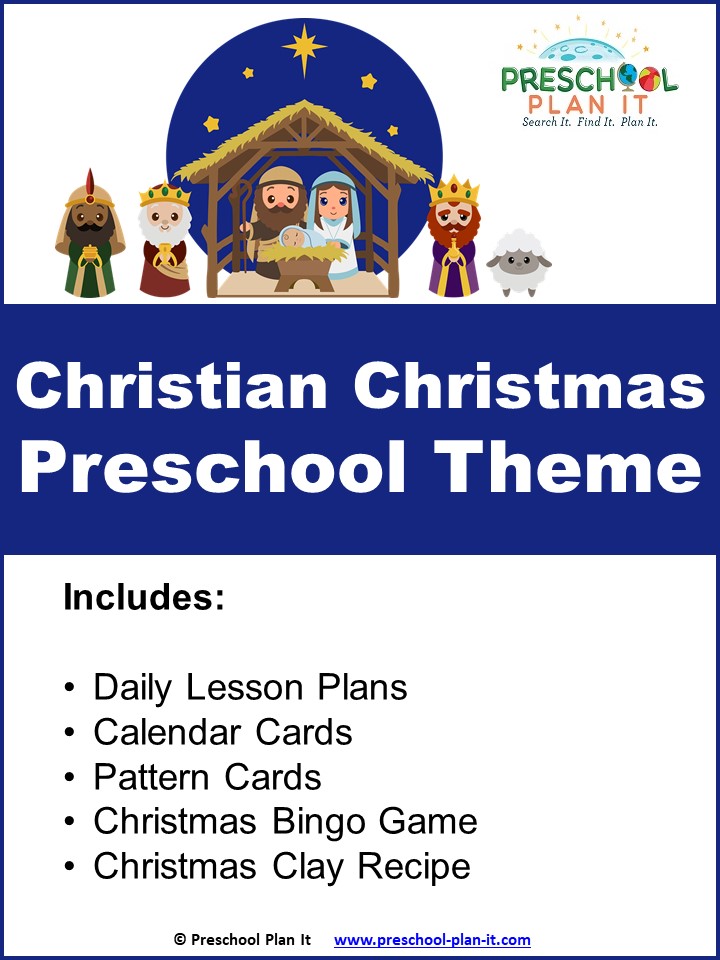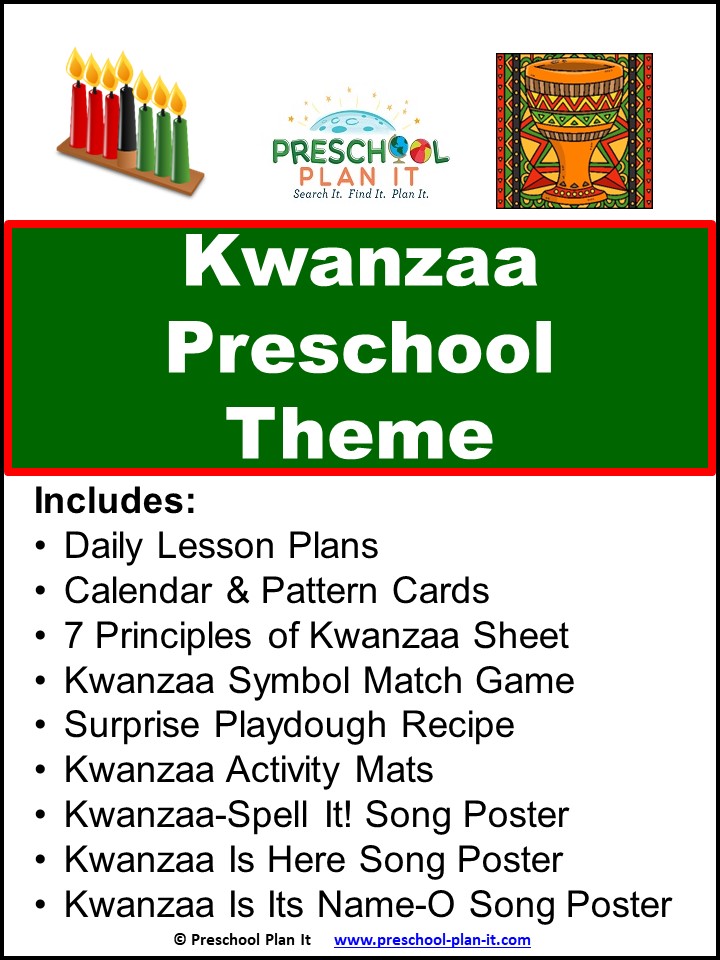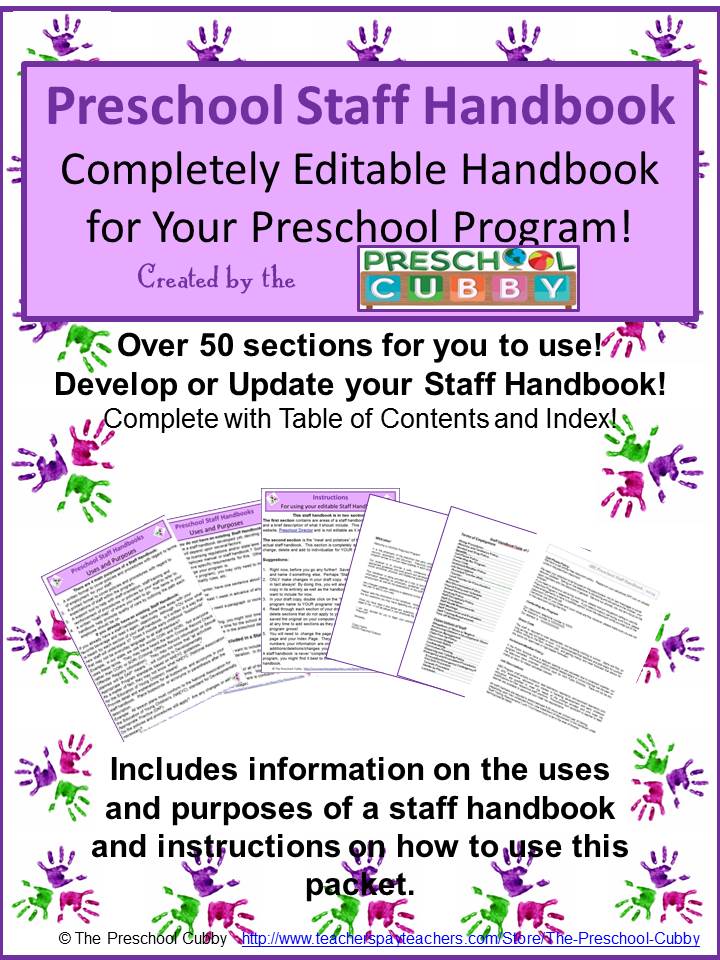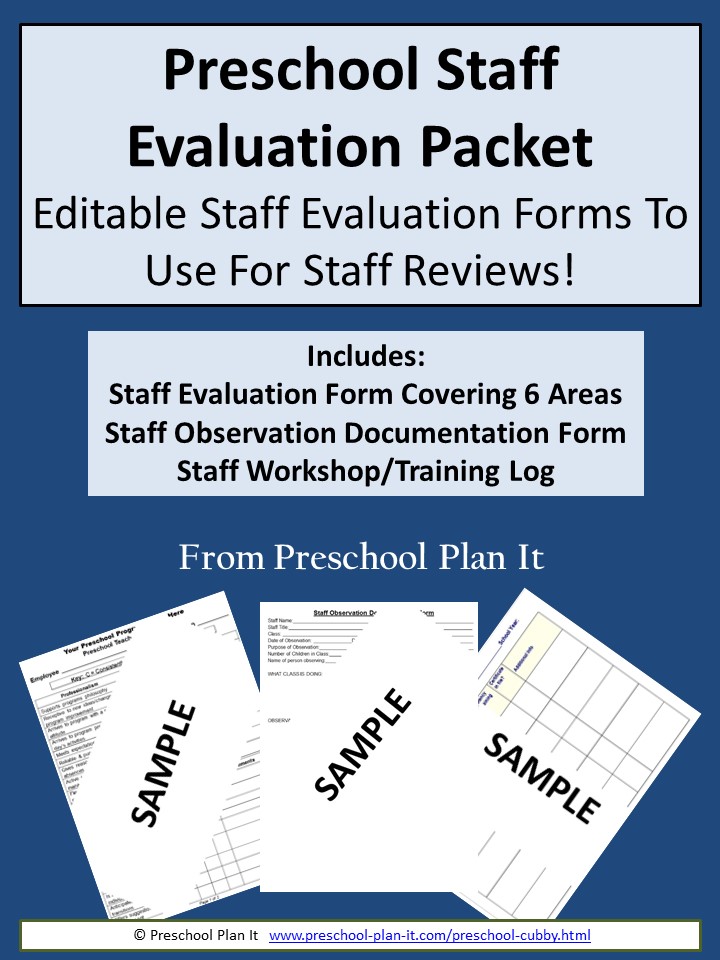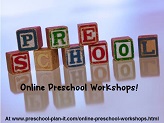- Theme Packs
- Themes
-
Preschool Planning
- Preschool Teachers

Classroom Cleaning:
Lists and SchedulesCleaning preschool classrooms is an important task. It is typically part of each teacher's job description.
However, cleaning takes time - and that time needs to be away from the children.
Here is some information for preschool directors about creating classroom cleaning lists and schedules to help support teachers in this task.
Sanitizing toys and materials, as we know, is important to child health and safety AND staff health and safety! However, let's be honest - how can your teams keep up with it in addition to everything else they have to do?
They'll need a plan - one that includes:
- A list of individual materials in each classroom to be sanitized
- A list of shared program materials that all classrooms have access to
- A schedule of when to sanitize and
- The paid time to do the cleaning/sanitizing.
If you don't have a plan in place for cleaning and sanitizing on a regular basis, I suggest considering creating one with your team at a staff meeting. Your team members know best which materials need more cleaning (based on use) as well has how much time they need to do this task.
Remember that although some cleaning can be done during the day with a spray and swipe of a table, deeper cleaning can not -and should not- be done with the children in the room. This means many of these tasks can not be done during the regular course of the day NOR during nap-time.
Working with your team on a schedule and plan will help your entire team to come up with an amazing way to get this important task done regularly!
Here is a suggestion on how to do this during a staff meeting.
Listing the Materials
Prior to the staff meeting* you will be working on this plan together, give each team (classroom staff) the task of listing all of the materials in their classroom.
They should sit together and list all materials that are permanent in their classroom. By permanent I mean they are not shared materials with other classrooms.
*Please give them enough time to do this--assign the task a couple of weeks before the staff meeting, not a couple of hours before! ;)
Permanent Classroom Materials
Have each team create a list of all materials in the classroom that children use. They should include ALL items: chairs, tables, stationary-ish items (such as the dramatic play house-it's stationary but it could be moved!) and the manipulatives and smaller items.
Each team should bring that list with them to the staff meeting.
Shared Program Materials
Where are your shared materials? You know, those items that can be rotated in and out of classrooms as needed by the staff? These materials tend to be the least sanitized as it is much easier to just plop the bin back in the closet when done rather than sanitize it when we're in a hurry to rotate toys in a classroom on a Friday afternoon. Because they are the least sanitized, they are the most germy!Your task prior to the staff meeting is to create a list of all the materials in this storage area and bring it to the staff meeting.
A Schedule of When Items Need to Be Cleaned/Sanitized
During the staff meeting, go over the lists as a group- are there items they forgot about (i.e. did they put the circle time mats on that list?)?
Go over the list of materials you have listed from the storage area(s).
Discuss the importance of cleaning, sanitizing. Explain beyond the basics. Teachers know it's a good thing to sanitize and clean. Give them health and safety details about specifics. For example...
Did You Know...
- Flu viruses- the ones that can be transferred to hands and cause infections - can survive on
hard surfaces for 24 hours? - Some of the germs that cause those yucky stomach bugs can last days and sometimes
weeks?? As a matter of fact, one specific bacteria was found to live for 5 MONTHS? - The bacteria that causes MRSA can last for days on hard surfaces and - I was surprised to
read MRSA actually lives LONGER on hard surfaces (think your snack tables) than it does on soft surfaces (think your stuffed animals)?
Source: NHS
So, all this to say....it is important to have a plan and stick to it and give your team the time and/or support they need to do it well to prevent germs from hanging around and spreading from child to child, child to staff and room to room in an outbreak that you can never seem to get a handle on!
Discuss with them the general plan recommendations for when each type of material needs to be cleaned or sanitized. I have a general schedule listed on this page you can review as a starting point.
Keep in mind that it is very general and you need to check with your state/county regulations to confirm their specific health & safety classroom requirements are with regard to cleaning schedules and supplies/chemicals that are and are not approved.
Give each staff member a printout of your general cleaning/sanitized rotation plan and review it as a large group for a few minutes.
A Specific Plan for Each Team
Give each team 15 minutes to write on their material list (the one they put together and brought to the meeting) when each of their materials should be cleaned or sanitized based on the general rotation plan you just gave them.
Once the 15 minutes are up, discuss as a group: are there materials that don't quite fall under a category on that list? Decide as a team how often it should be cleaned.
Now, knowing when the materials in their classrooms need cleaning and/or sanitizing, give them another 10 minutes to decide on a schedule of when and who can do the daily and weekly tasks.
At the end of the 10 minutes, discuss as a group any challenges they see with getting this done within their classrooms each day and week. They may need extra help or coverage at the end of the day or they may need an extra 10 minutes a day to do this. They may need an extra 15 minutes at the end of the week to do the deep sanitizing.
Discuss these needs openly and list their concerns and their ideas for solutions.
Ask them to also list any concerns and suggestions on the back of their classroom's list that they are working on and to leave that list with you before leaving the meeting.
Now What?
Now you have a very clear idea of the materials in each classroom, the time and support needs your staff has to make this part of their daily and weekly routines.
This may include scheduling additional coverage during naptime or assigning certain cleaning tasks to additional staff (such as floaters, subs who are covering a class, etc.). Or you may find, from looking at your schedules that a team or team member needs some guidance on time management if it seems the tasks can get done during the regular course of the day or week.
The important take away is for your entire team to understand the importance of cleaning and sanitizing and taking on the task in ways that get it done and prevent the spread of germs so everyone in the building is as healthy as they can be!
Other Related Articles:

Go to the main Director's Page

Go to Preschool Plan It's Home Page



Hey there! Welcome to Preschool Plan It! I’m Cheryl, a preschool teacher of over 20 years.
I KNOW, I know, you spend hours of time developing your preschool themes, activities and preschool lesson plans each week. You are commited to planning preschool themes and activities that are engaging hands-on, interactive, fun AND meet the goal of supporting each child’s level of growth and development.
I am commited to providing you, the preschool teacher, with everything you need to develop preschool lesson plans and preschool activities for your classroom all in one place!
READ MORE
Join My Free Preschool Teacher Tips Newsletter
You’ll receive a weekly email with planning tips and teaching ideas.
You'll also receive (on the 1st of each month) a free theme starter pack with some printables and activity ideas to get you started planning a theme!Join Now and Get Your First Theme Right Away!
© Copyright 2010-2025 Preschool-Plan-It.com | All Rights Reserved | Privacy Policy & Disclaimer
- Preschool Teachers
